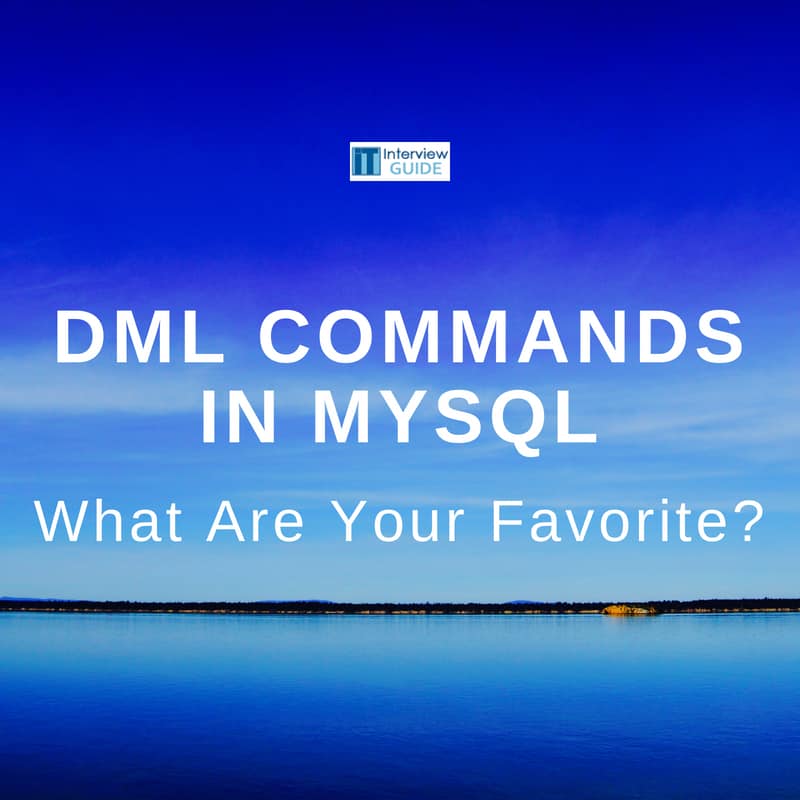Table of Contents
*This post may contain affiliate links. As an Amazon Associate we earn from qualifying purchases.
Everyone who works with MySQL is conversant with terms such as select, manipulate, update, delete and the many others that are part of DML or data manipulative language. DML helps perform functions such as storing, modification, retrieval, deletion and updating of data in a database. DML is mostly incorporated in SQL databases and is one of the most popular in the MySQL database management system. Here are some of the DML commands in MySQL and what they usually translate to.
What Are the Common DML Commands in MySQL and Their Effect?
The great thing about DML is its use of simple English language which simplifies the user?s interaction with the system. Its capability includes the following commands:
SELECT: This is the command that is used to remove rows from a table. It is presented using this syntax: SELECT (Name of Column) from (Name of Table) where (Conditions). This is the one most widely applied data manipulation language command in MySQL.
UPDATE: The command is placed to ensure that the data to one or more of the records is modified. Here is how the syntax of the command generally looks like: UPDATE (Table Name) SET (Column name=Value) where (Condition). It is the simplest way to add details to files on MySQL database.
INSERT: The command adds one or more records to a database table. The syntax for the command is: INSERT INTO (Table Name) (column)VALUES (Value).
DELETE: This is the command to use when you want to remove one or more records from a table, depending on specific conditions. The command syntax is as follows: DELETE FROM (table name) where (condition).
DDL vs DML
Some people confuse DDL commands with DML ones, however, the difference between the two is that DDL commands are only able to create and define the structure of the database. The Commands that fall under DDL include create, alter, drop, comment and rename. On the other hand, DML commands in MySQL are used in data management within an SQL database.
Other language types used in SQL databases include DCL which is data control language and contains commands such as Grant and Revoke. There is also TCL or transactional control language, which deals with transactions such as savepoint, rollback, commit, and set transaction. Understanding where to apply each of these languages helps you manage your SQL database smoothly.
Advantages of DML
There are countless benefits that come from understanding how to make proper use of DML commands when managing your SQL database. First, you will ensure that all the data in the store and on display is concurrent and consistent. The second benefit is that you will be using less time to make the changes that you need to make on your SQL database.
Conclusion
DML is supported and integrated with all the latest versions of the MySQL database. The important thing to do is to learn how to use the command on different data types and volumes so that you can get it optimally organized. Lastly, the technology keeps changing, and the best way to keep up with the changes is to keep learning.

